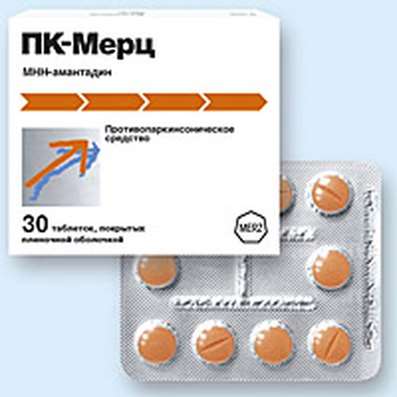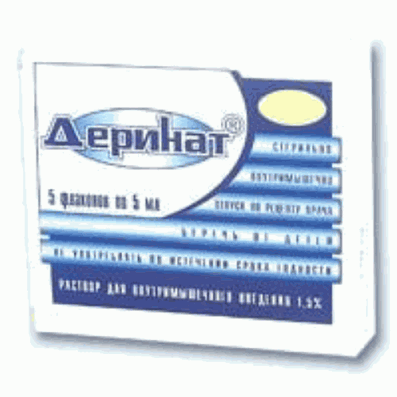Instruction for use: Flurbiprofen (Flurbiprophenum)
I want this, give me price
Pharmacological group
NSAIDs - Propionic acid derivatives
Nosological classification (ICD-10)
R07.0 Sore throat
A sharp pain in the throat, Sore throat
Code CAS 5104-49-4
Characteristics of Flurbiprofen
NSAIDs (non-steroidal anti-inflammatory drugs). A derivative of phenylpropionic acid.
Pharmacology
Pharmacological action - anti-inflammatory, analgesic.
Inhibits both isoforms of cyclooxygenase (COX-1 and COX-2), blocks the reactions of the arachidonic cascade and disrupts the synthesis of prostaglandins and thromboxane A2.
When using tablets for resorption, as well as oral dosage forms, it is well and completely absorbed. Cmax in the blood plasma is achieved after 90 minutes (dosage forms for oral administration) or after 30-40 minutes (tablets for resorption). The absorbed part of flurbiprofen binds to plasma proteins by more than 90%, is metabolized in the liver by hydroxylation and is excreted by the kidneys mainly in the form of metabolites and unchanged (about 20%). T1 / 2 - 3-6 hours. When using the drug form of flurbiprofen for resorption, the effect occurs 30 minutes after the beginning of resorption of the tablet in the oral cavity and lasts 2-3 hours.
The effectiveness of flurbiprofen in various dosage forms is shown in the following diseases and conditions: rheumatoid arthritis, osteoarthritis, ankylosing spondylitis, acute bursitis, tendonitis, articular syndrome with exacerbation of gout; pain syndrome of mild and moderate intensity: arthralgia, myalgia, neuralgia, migraine, dental and headache, algodismenorea, trauma, burns; febrile syndrome.
Application of Flurbiprofen
To alleviate pain in the throat with infectious inflammatory diseases of the oral cavity and pharynx (as a symptomatic agent).
Contraindications
Hypersensitivity, exacerbation of erosive and ulcerative lesions of the gastrointestinal tract (peptic ulcer of the stomach and duodenum, ulcerative colitis), bronchial asthma and rhinitis in the presence of acetylsalicylic acid or other NSAIDs, deficiency of glucose-6-phosphate dehydrogenase, children under 12 years.
Restrictions for use
Hyperbilirubinemia (including Gilbert syndrome, Dubin-Johnson syndrome and Rotor syndrome), chronic circulatory insufficiency, edema, arterial hypertension, hemophilia, hypocoagulation, gastric and duodenal ulcer (in remission, in history), hepatic and / or renal insufficiency, oppression of bone marrow hematopoiesis, hearing loss, pathology of the vestibular apparatus, elderly age.
pregnancy and lactation
Use is possible only after consulting a doctor.
Side effects
Local reactions when using tablets for resorption: distortion of taste perception and manifestation of paresthesia (burning, tingling or tingling), ulceration of the oral mucosa.
Unwanted side effects associated with NSAIDs may be observed with flurbiprofen administered at a dose of 50-100 mg 2-3 times daily (12-30 tablets per day).
From the nervous system and sensory organs: headache, dizziness, drowsiness / insomnia, asthenia, depression, tremor, agitation; rarely - ataxia, paresthesia, impaired consciousness.
From the cardiovascular system and blood (hematopoiesis, hemostasis): increased blood pressure, tachycardia, heart failure; rarely - anemia (iron deficiency, hemolytic, aplastic), agranulocytosis, leukopenia, thrombocytopenia.
On the part of the intestine: dyspeptic phenomena (nausea, vomiting, heartburn, diarrhea), NSAID-gastropathy, abdominal pain, impaired liver function; with prolonged use in large doses - ulceration of the mucous membrane of the gastrointestinal tract, bleeding (gastrointestinal, gingival, hemorrhoidal).
On the part of the genitourinary system: tubulointerstitial nephritis, impaired renal function, edematous syndrome.
Allergic reactions: skin rash, itching, urticaria, bronchospasm, photosensitivity, Quincke's edema, anaphylactic shock.
Interaction
Inductors of microsomal oxidation (phenytoin, ethanol, barbiturates, rifampicin, phenylbutazone, tricyclic antidepressants) increase the production of active hydroxylated metabolites of flurbiprofen. Flurbiprofen reduces the effectiveness of uricosuric, hypotensive and diuretic drugs, increases the effect of anticoagulants (increases the risk of bleeding), antiplatelet agents, fibrinolytic agents, hypoglycemic effect of sulfonylurea derivatives, side effects of mineral and glucocorticoids, estrogens. Increases the concentration in the blood of lithium preparations, methotrexate.
Overdose
Symptoms: drowsiness, agitation, nausea, headache, dizziness, epigastric pain, diplopia, miosis, hypotension, depression of consciousness right up to coma.
Treatment: discontinuation of the drug, symptomatic therapy.
Routes of administration
Inside.
Precautions for Flurbiprofen
If it is necessary to determine 17-ketosteroids, the drug should be discontinued 48 hours before the test. During the period of application, one should refrain from engaging in potentially dangerous activities requiring a quick mental and physical reaction, as well as those associated with increased concentration of attention.

 Cart
Cart





